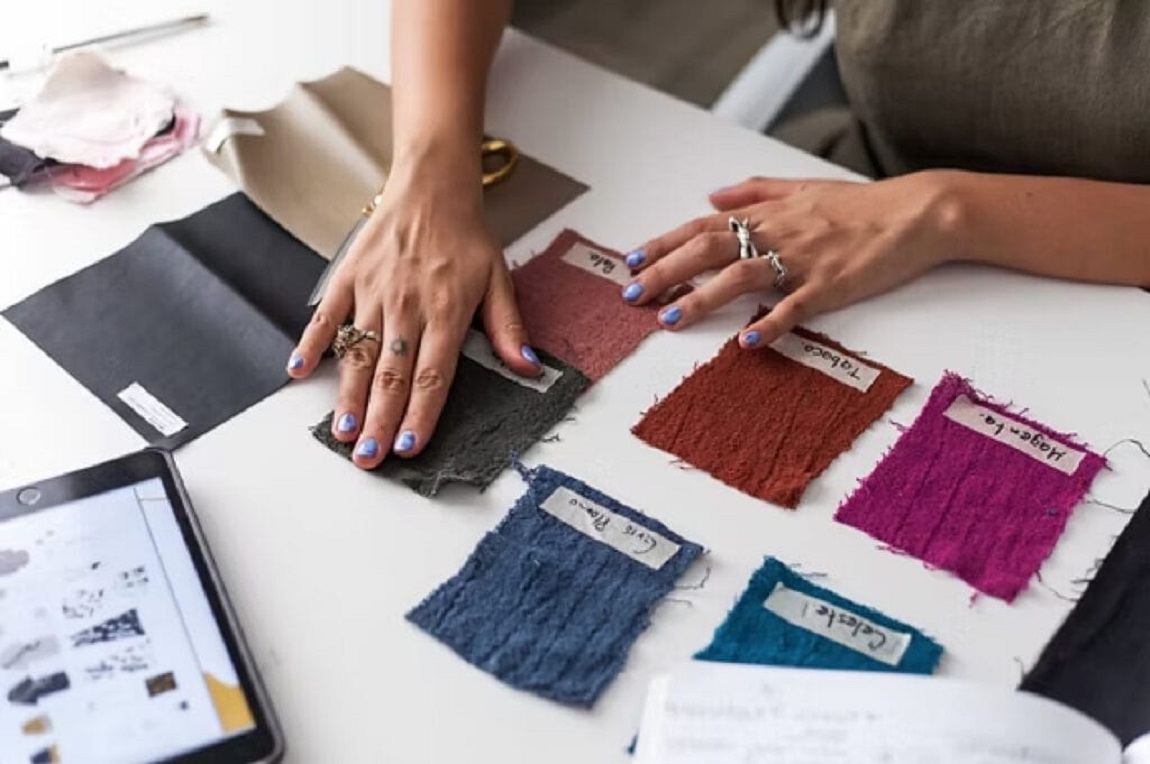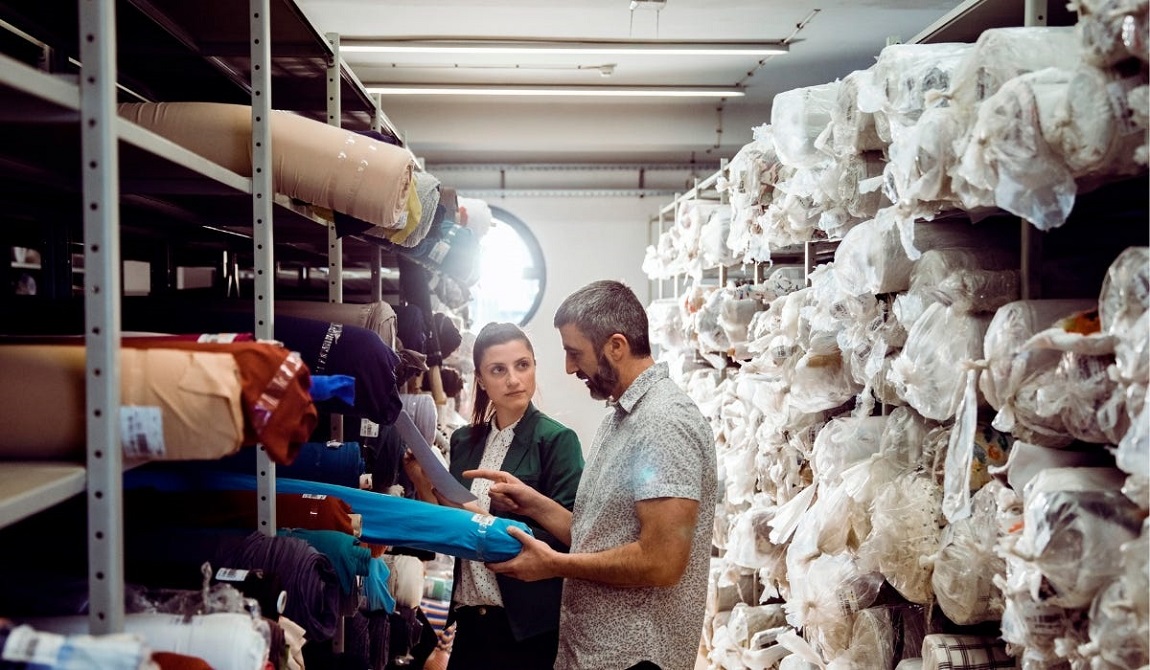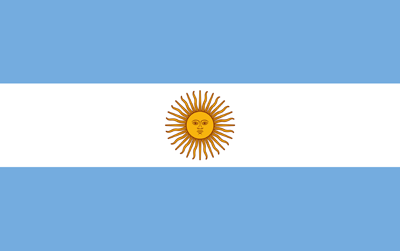Ever picked a supplier because their price seemed too good to pass up, only to watch your project unravel literally? I’ve been there, and it’s a gut punch. In 2025, the textile industry’s a high-stakes game, with a $1.3 trillion market (Statista, 2025) and razor-thin margins. One wrong move can cost you millions or tank your brand’s reputation. But here’s the thing: you don’t have to learn the hard way.
This guide breaks down the 11 biggest textile sourcing mistakes B2B buyers are still making, with real-world fixes, expert insights, and a few lessons I’ve picked up along the way. Ready to dodge the pitfalls and build a supply chain that actually works? Let’s dive in.
Why Sourcing Mistakes Sting More in 2025
Textile sourcing isn’t just picking fabrics, it’s navigating a maze of global supply chains, new regulations, and picky customers. Mess it up, and you’re looking at delayed orders, angry clients, or even a PR nightmare. Textile Exchange pegs the average loss from sourcing blunders at $1.2 million for mid-sized buyers in 2024. That’s not pocket change. With sustainability laws tightening and shipping costs spiking, the stakes are higher than ever. So, what’s tripping people up? Here’s the rundown on 11 mistakes and how to outsmart them.
Takeaway: Sourcing slip-ups hurt. Knowing where they hide is your first step to avoiding them.
Biggest Textile Sourcing Mistakes (and How to Fix Them)
1. Chasing Cheap Prices Over Quality
Who doesn’t love a bargain? But in textiles, low prices often mean low quality and that’s a recipe for disaster. Last year, 15% of product recalls were tied to fabric defects (CPSC, 2024). I once advised a retailer who saved a few bucks on a supplier, only to lose a chunk of their customers when shirts started fraying after one wash. Quality isn’t just about the product; it’s about keeping your promises to your clients.
- How to Fix It:
- Stick with ISO 9001-certified suppliers. They’re vetted for consistency.
- Demand third-party lab tests for fabric durability and safety.
- Weigh long-term costs against short-term savings (check the table below).
| Factor | Budget Supplier | Quality Supplier |
| Upfront Cost | $5,000 | $7,000 |
| Recall Risk | 15% | 2% |
| Customer Loyalty | 80% | 95% |
Wrap-Up: Skimping on quality costs more than you save. Invest in fabrics that last.
2. Brushing Off Sustainability Rules
Sustainability isn’t just a trend it’s the law. The EU’s 2024 Textile Regulation slaps fines up to €500,000 for non-compliance. Ignore it, and you’re not just risking cash; you’re alienating eco-conscious buyers. “Green sourcing is now a dealbreaker for most B2B clients,” says Jane Miller, a sustainability expert at Textile Exchange. I’ve seen brands scramble to recover after getting called out for unsustainable practices. It’s not pretty.
- How to Fix It:
- Work with GOTS-certified suppliers who prioritize organic materials.
- Audit suppliers for ESG compliance: environmental, social, governance.
- Stay on top of regulations through Textile Exchange or WGSN updates.
Wrap-Up: Going green keeps you legal and loved. Start checking those certifications.

3. Skimping on Supplier Vetting
Choosing a supplier without digging into their background is like hiring a chef without tasting their food. A 2023 Forrester study found 30% of B2B buyers got burned by supplier fraud fake certifications, shoddy materials, you name it. I once saw a client lose six months of production because their “reliable” supplier vanished with their deposit. Ouch.
- How to Fix It:
- Use AI tools like Sourcify or Panjiva to verify supplier credentials.
- Ask for references and check their track record on platforms like Alibaba.
- Build a vetting checklist (grab ours below to start).
Wrap-Up: Vetting takes effort but saves you from scams. Do your homework.
4. Ignoring Cultural and Language Gaps
Global sourcing means global challenges. Miscommunication can stall your supply chain by 20%, according to McKinsey’s 2024 report. I once watched a buyer lose weeks because their supplier in Asia interpreted “urgent” as “whenever.” Cultural differences aren’t just quirks they’re business risks.
- How to Fix It:
- Hire bilingual staff or translators to bridge the gap.
- Write crystal-clear contracts with specific deadlines.
- Set up weekly video calls to keep everyone on the same page.
Wrap-Up: Clear communication cuts delays. Make it a priority.
5. Forgetting Supply Chain Transparency
Today’s customers want to know where their clothes come from 73% of them, per a 2025 TrustRadius survey. Hide your supply chain, and you’re begging for skepticism or worse, a boycott. Blockchain tech can track every step, from cotton field to factory. I’ve seen brands win loyalty just by being open about their sources.
- How to Fix It:
- Use blockchain platforms like IBM Hyperledger for full traceability.
- Share sourcing details on your website or in reports.
- Partner with suppliers who aren’t shy about their processes.
Wrap-Up: Transparency builds trust. Show your customers you’ve got nothing to hide.
6. Misjudging Lead Times
Late deliveries can kill your business. In 2024, 40% of textile orders were delayed because buyers underestimated lead times (SBI, 2024). Retailers miss entire seasons and big contracts because they didn’t plan for shipping snags or customs delays.
- How to Fix It:
- Add buffer weeks to your production timeline.
- Use tools like TexPro to predict shipping delays.
- Lock in clear delivery dates in every contract.
Wrap-Up: Time your orders right, and you’ll never miss a deadline.
7. Sticking to One Supplier
Relying on a single supplier is like betting your whole business on one horse. When that horse stumbles like during 2024’s supply chain disruptions (25% of which were single-supplier fails, per 6Sense) you’re stuck. Diversifying saved one of my clients when their main supplier went offline during a port strike.
- How to Fix It:
- Source from multiple regions, like India and Southeast Asia.
- Keep a shortlist of backup suppliers ready.
- Monitor global risks with WGSN or similar platforms.
Wrap-Up: Spread your bets to stay safe. Build that supplier network now.
8. Skipping Modern Tech
Manual sourcing is like using a flip phone in 2025 slow and error-prone. Gartner says manual processes boost errors by 15% (2025). Meanwhile, AI tools can cut sourcing time in half. I’ve seen companies shave 10% off costs just by switching to digital platforms. Why stick with paper and spreadsheets?
- How to Fix It:
- Try AI platforms like Sourcify for smarter supplier matches.
- Use ERP systems to track inventory in real time.
- Train your team on digital tools to stay ahead.
Visual: Table comparing manual vs. AI sourcing.
| Approach | Error Rate | Sourcing Time |
| Manual | 15% | 10 days |
| AI-Driven | 3% | 3 days |
Wrap-Up: Tech makes sourcing faster and sharper. Get on board.
9. Weak Negotiation Skills
Negotiating without preparation can seriously shrink your margins. A buyer overpaid for cotton blends simply because they didn’t understand market rates. Strong negotiation comes from research and trust, not pressure tactics.
- How to Fix It:
- Learn BATNA (Best Alternative to a Negotiated Agreement) for leverage.
- Benchmark prices using Panjiva or TexPro data.
- Build long-term relationships for better deals over time.
Wrap-Up: Negotiate smart, and you’ll keep more in your pocket.

10. Overlooking Labor Ethics
Ethical sourcing isn’t optional anymore. In 2024, brands like H&M took hits for labor violations in their supply chains. Customers notice, and they’re not forgiving. “Ethics define your brand’s soul,” says Dr. Sarah Kline, a labor standards expert. Skip due diligence, and you’re rolling the dice on your reputation.
- How to Fix It:
- Audit suppliers for Fair Trade or SA8000 certification.
- Visit factories yourself or hire third-party auditors.
- Promote your ethical commitments to win customer trust.
Wrap-Up: Ethical sourcing protects your brand. Make it non-negotiable.
11. Ignoring Data Analytics
Data’s your best friend, but too many buyers ignore it. WGSN’s 2025 report says 30% of textile buyers overpay because they skip market insights. Analytics can spot trends, optimize prices, and predict demand shifts. Most Companies save thousands by letting data guide their choices.
- How to Fix It:
- Use TexPro for real-time market and supplier data.
- Track KPIs like delivery speed and defect rates.
- Invest in predictive analytics to stay ahead of demand.
Wrap-Up: Data isn’t scary it’s powerful. Start using it to make smarter calls.
Building a Bulletproof Textile Sourcing Strategy
You’ve seen the pitfalls now it’s time to build a strategy that avoids them. A strong sourcing approach combines quality control, ethical practices, and smart technology into a system that works efficiently. Begin by thoroughly vetting your suppliers, spreading out your sourcing risk, and using data to steer your choices.
The best sourcing plans aren’t reactive they’re proactive. As procurement expert Mark Thompson says, “The best strategies anticipate problems before they appear.” Whether you’re working with a sourcing partner or using a digital platform, staying ahead is what matters.
Final Thoughts:
Textile sourcing this year is more complex than ever but it’s not impossible to manage. Common missteps like chasing the lowest price or ignoring data-driven insights can seriously disrupt operations. The key lies in prioritizing quality, sourcing responsibly, and using technology to streamline decisions.
A smart approach builds stronger supplier relationships, reduces waste, and ensures your customers receive consistent quality. Want to improve results? Start by reviewing your sourcing practices and explore tools or expert advice that align with your business goals.
FAQs:
1. What is the best country for textile sourcing in 2025?
Pakistan is leading with cost-effective production, skilled labor, and growing sustainability standards like GOTS and OEKO-TEX.
2. How can I ensure fabric quality from overseas suppliers?
Request fabric swatches, lab tests (like GSM and shrinkage), and third-party inspections before mass production.
3. What certifications should I look for in a textile supplier?
Look for GOTS, OEKO-TEX, Sedex, and ISO 9001 to ensure compliance, sustainability, and ethical practices.
4. How do I compare textile supplier quotes effectively?
Break down quotes by MOQ, FOB pricing, fabric specs, lead times, and hidden costs like testing or compliance.
5. What’s the biggest risk in textile sourcing today?
Unverified suppliers can lead to delivery delays, poor quality, and compliance violations always vet before committing.







